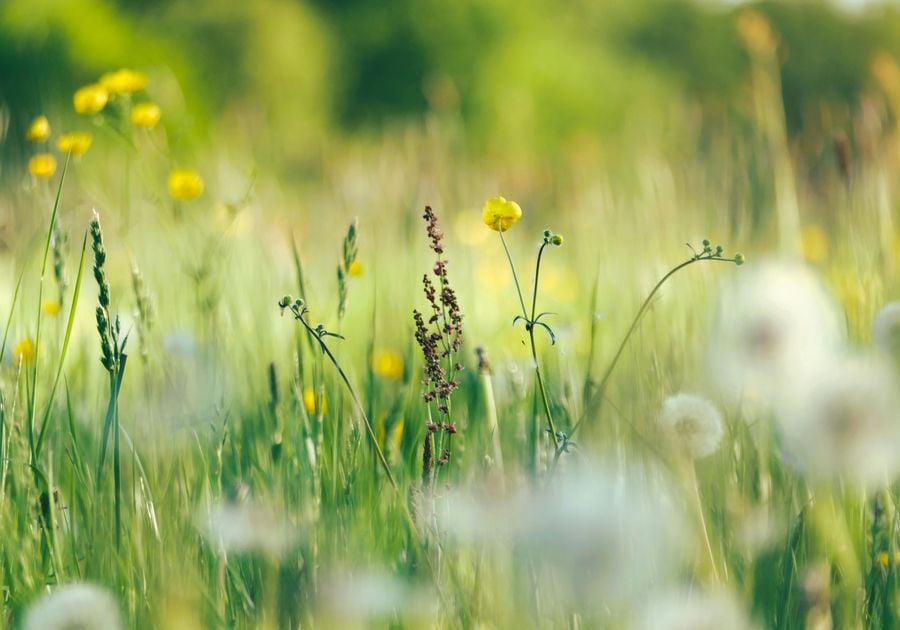As the winter chill fades away and nature begins to awaken, many eagerly anticipate the arrival of spring. However, for millions of individuals worldwide, springtime heralds the onset of seasonal allergies. From sneezing fits to itchy eyes, these allergies can put a damper on the joy of the season. Understanding the triggers behind spring allergies and implementing effective relief strategies is crucial for navigating this time of year with ease.
Common Spring Allergens
Spring allergies are primarily triggered by airborne particles, with pollen being the most notorious culprit. Trees, grasses, and weeds release pollen into the air to fertilize other plants, but for allergy sufferers, this pollen can wreak havoc on their immune systems. Common spring allergens include:
- Tree Pollen: Trees such as birch, oak, cedar, and maple are among the early bloomers in spring, releasing copious amounts of pollen into the air.
- Grass Pollen: As temperatures rise, grasses begin to flourish, releasing pollen grains that can trigger allergic reactions.
- Weed Pollen: Weeds like ragweed and nettle start to pollinate in late spring, further exacerbating allergy symptoms.
- Mold: Spring rains coupled with warmer temperatures create ideal conditions for mold growth, particularly in damp areas such as basements and bathrooms.
Symptoms of Spring Allergies
The symptoms of spring allergies can vary from mild to severe and may include:
- Sneezing
- Runny or stuffy nose
- Itchy or watery eyes
- Scratchy throat
- Coughing
- Fatigue
- Headaches
For individuals with asthma, spring allergies can also trigger asthma attacks, leading to wheezing, chest tightness, and difficulty breathing.
Relief Strategies
While it may seem challenging to escape spring allergens entirely, there are several strategies you can employ to alleviate symptoms and enjoy the season to the fullest:
- Monitor Pollen Counts: Keep track of local pollen forecasts and try to limit outdoor activities on high pollen days.
- Stay Indoors During Peak Pollen Times: Pollen levels are typically highest in the early morning and evening, so try to stay indoors during these times if possible.
- Keep Windows Closed: To prevent pollen from entering your home, keep windows and doors closed, and use air conditioning with a HEPA filter to clean indoor air.
- Practice Good Hygiene: After spending time outdoors, shower and change your clothes to remove pollen particles from your skin and clothing.
- Use Allergy Medications: Over-the-counter antihistamines, nasal sprays, and decongestants can provide relief from allergy symptoms. Consult with a healthcare professional to determine the best treatment for your specific needs.
- Consider Immunotherapy: For severe allergies that do not respond to conventional treatments, allergen immunotherapy (allergy shots) may be recommended by a specialist to desensitize the immune system to allergens over time.
- Natural Remedies: Some individuals find relief from spring allergies through natural remedies such as saline nasal rinses, herbal supplements, and acupuncture. However, it's essential to discuss these options with a healthcare provider before trying them.
Springtime allergies can undoubtedly put a damper on the season's festivities, but with the right knowledge and proactive measures, you can effectively manage your symptoms and enjoy the beauty of spring. By understanding common allergens, recognizing symptoms, and implementing appropriate relief strategies, you can minimize the impact of spring allergies on your quality of life. If symptoms persist or worsen despite these measures, don't hesitate to seek guidance from a healthcare professional for personalized advice and treatment options. With proper care and attention, you can embrace spring with open arms and breathe easy once again.






